5 gruesome killer whale attacks
Killer whales come by their name honestly.
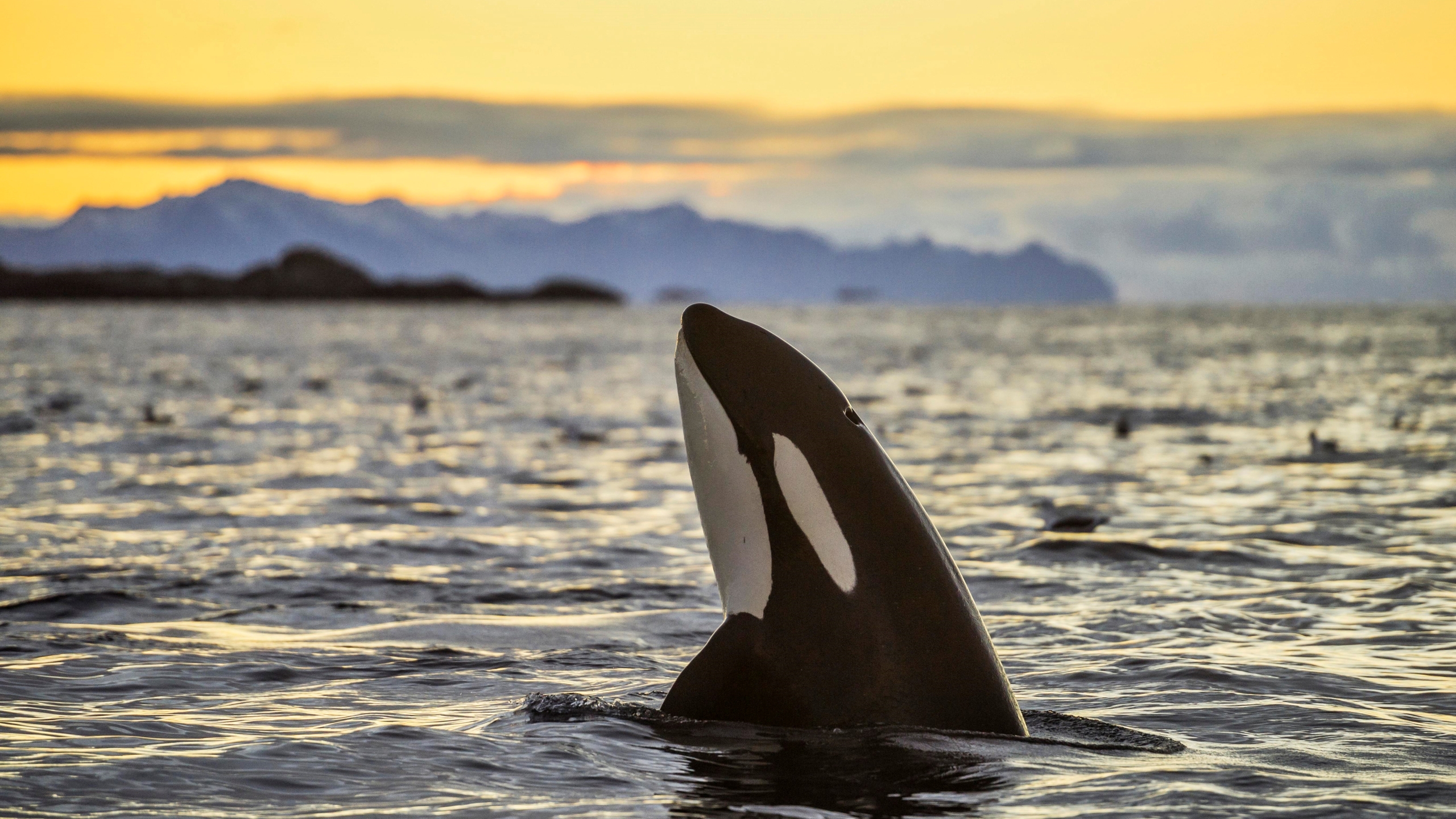
Killer whales are the largest member of the dolphin family, and quite possibly the most terrifying — at least if you're a seal, sea lion or whale. These toothy predators hunt in packs, not unlike sleek marine wolves, and they're capable of bringing down prey larger than themselves.
Killer whales, also known as orcas (Orcinus orca), rarely mess with humans. But people are occasionally lucky enough to witness the brawn and brain of these creatures as they hunt. Here are five (killer) whale tales of death among the waves.
Killing a whale
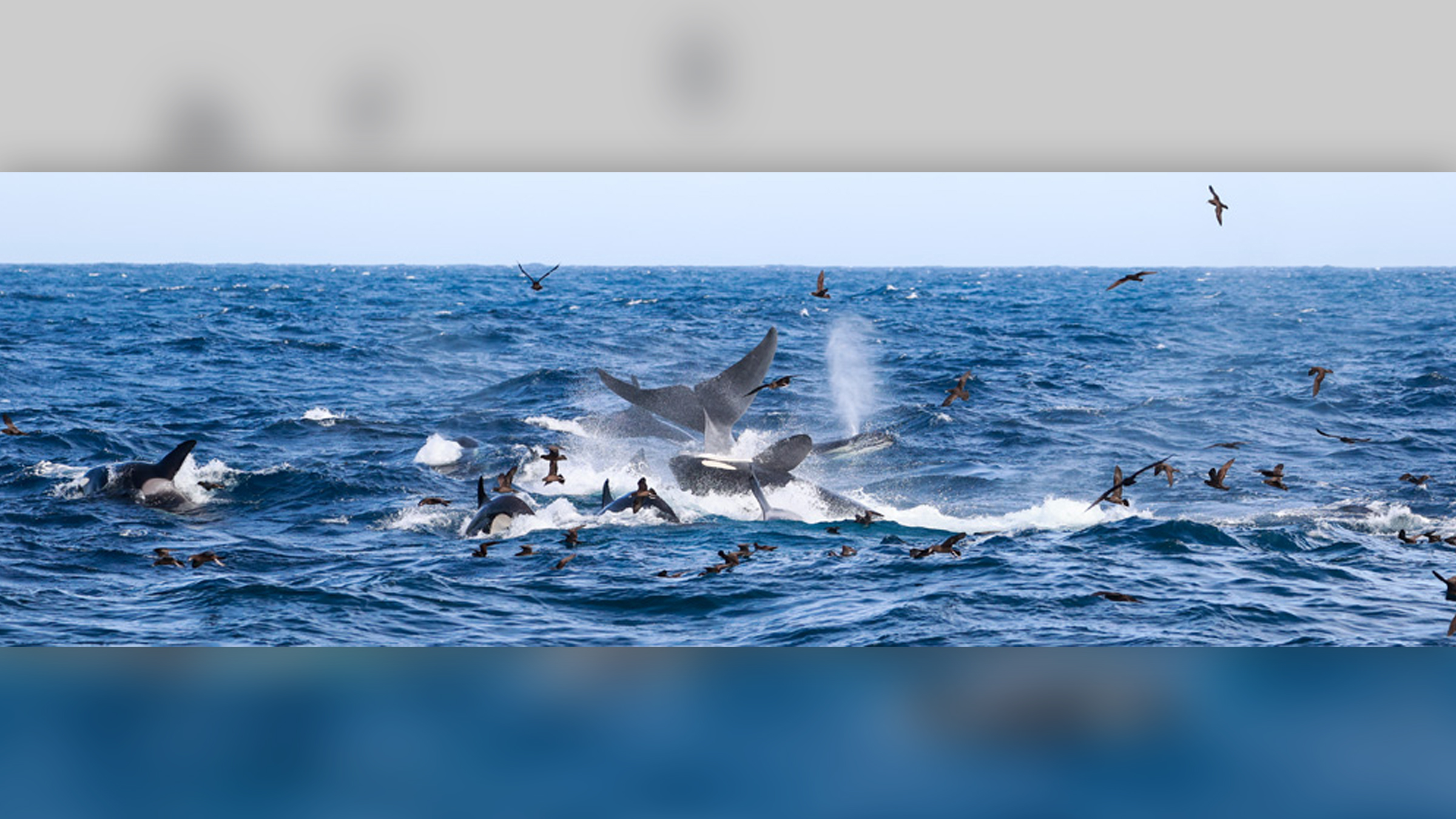
In March 2021, whale-watchers off the coast of Australia witnessed a brutal, systematic hunt when as many as 70 orcas killed and consumed a blue whale.
The whale, either a juvenile blue whale (Balaenoptera musculus) or a pygmy blue whale (Balaenoptera musculus brevicauda), was twice the length of the largest orcas, but it didn't stand a chance. Over the course of hours, multiple pods of orcas harried and jostled the whale. The orcas worked together to create surges of chaotic waves with their bodies, then surrounded the blue whale, biting at its jaw and mouth.
The blue whale fought valiantly, according to marine biologist Kristy Brown of Naturaliste Charters in western Australia. But it was overpowered.
"A bubble of blood rose to the surface like a bursting red balloon," Brown wrote. All that was left was to divide up the spoils.
Turtle toys
Killer whales sometimes seem to play with their food, much like curious cats. But in September 2018, Nicolás Dávalos, a photographer and marine biology student in Ecuador, was diving near the Galápagos Islands when he caught something on film that had never been seen before.
Sign up for the Live Science daily newsletter now
Get the world’s most fascinating discoveries delivered straight to your inbox.
A pod of killer whales was tormenting sea turtles, spinning the hapless creatures around, grabbing them and swimming away with them "like a dog with a bone," Dávalos said.
"Killer whales will at times play with potential prey for a half hour or more, and then just move on, leaving the victim unharmed," Robert Pitman, a marine ecologist at the National Oceanic and Atmospheric Administration's Southwest Fisheries Science Center, told National Geographic. "Other times, they will chase prey around and kill it but not eat it. They're like cats in that way — can't resist the urge I guess."
Missing baby?
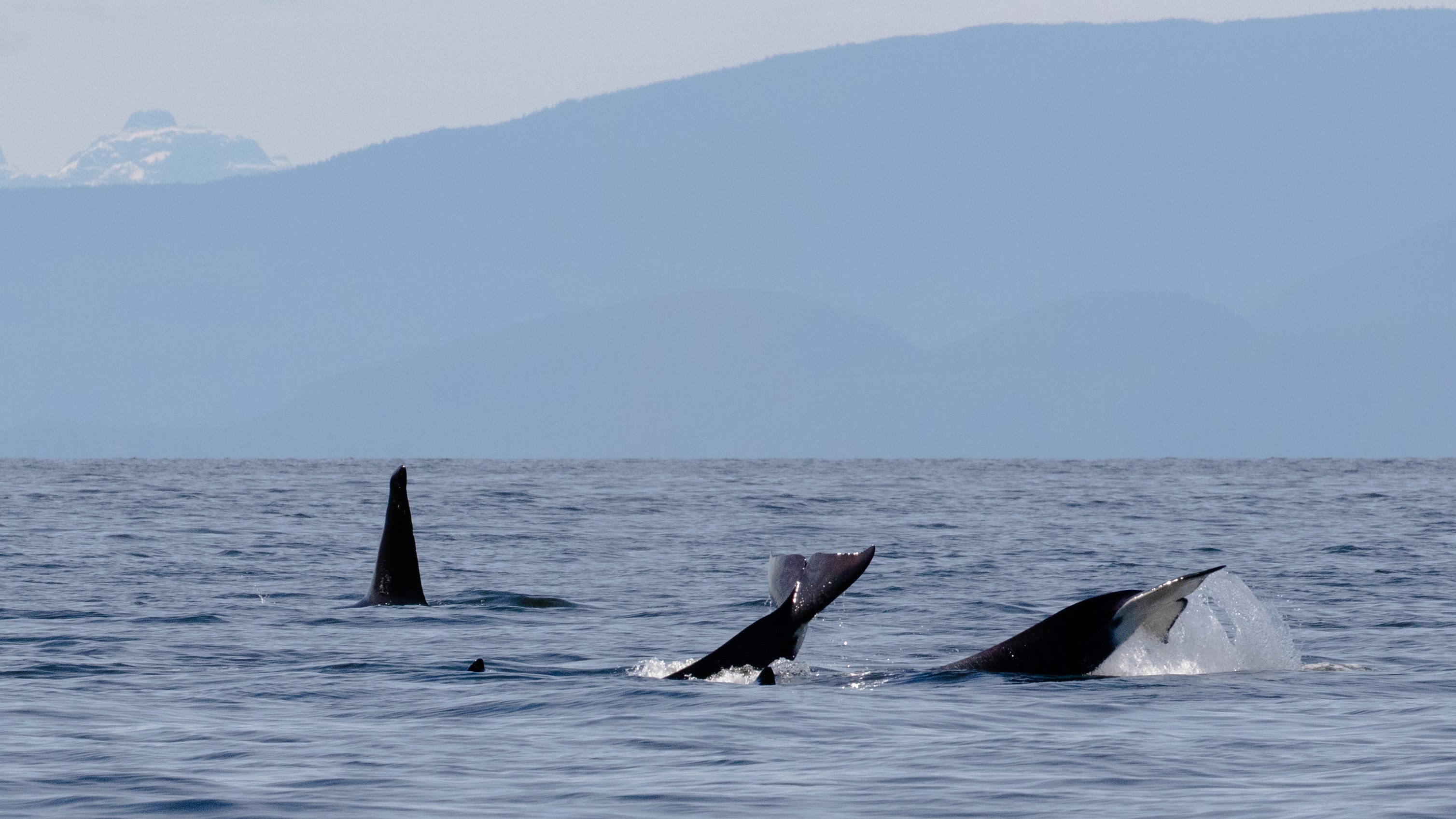
Sometimes the sea keeps its secrets. In May 2021, a sailor near Vancouver Island, western Canada, captured footage of a pod of orcas harassing a mother humpback whale (Megaptera novaeangliae) and her calf. What happened to the calf next is anyone's guess.
Thirteen killer whales slammed their bodies in the water alongside the calf and mother whale, possibly in an attempt to separate the calf from its mother and kill it. The calf submerged during the attack and was not seen again, raising questions about whether the orcas succeeded. Although the calf wasn't seen again after the attack, there was no sign of orcas feeding on a carcass either, according to Vancouver Island Whale Watch.
A sexually motivated crime
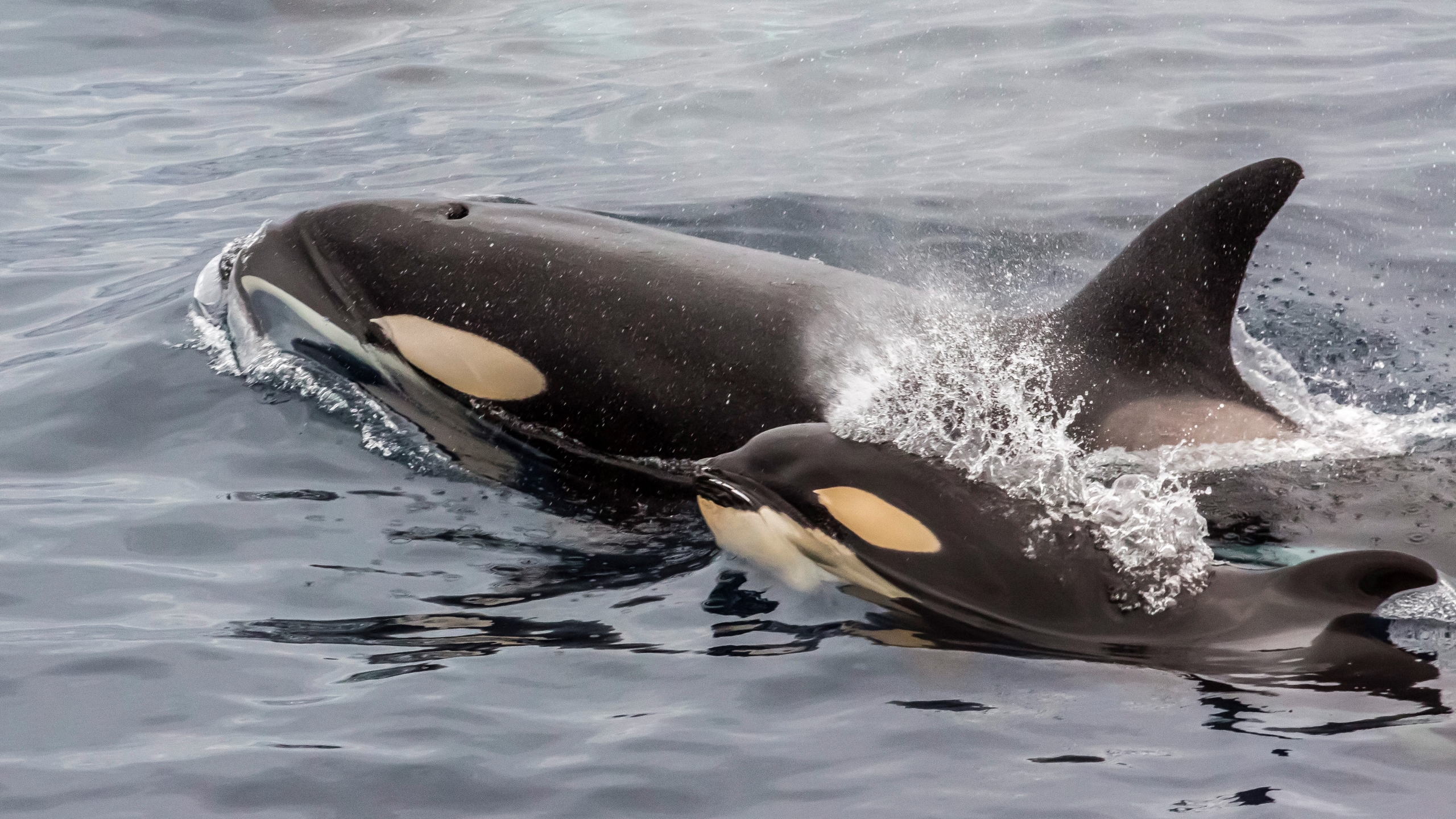
Another baby near Vancouver Island wasn't so lucky. In 2018, scientists reported a strange case of killer whale infanticide between Vancouver Island and Malcolm Island.
It's not clear how the altercation started, but when researchers arrived, a 32-year-old adult male orca and his mother, about 46 years old, were in pursuit of a family of killer whales, including a newborn calf. The adult male grabbed the newborn in his jaws, fighting off attempts by the calf's mother to save it. At one point, the adult male's mom even stepped in, blocking the other orca mom from attacking him.
The aggressor orcas kept the calf for three hours, finally holding it underwater so long that it drowned (killer whales typically surface to breathe every five to 10 minutes). Marine biologists from the OrcaLab research station, who witnessed the murder, said the male may have been motivated to kill the calf so that its mother would become available for mating. The adult male's mom may have been his wingman — killer whale moms, being high in family loyalty (and interested in making sure their genetic lineage succeeds), sometimes help their sons in their quest to reproduce, the researchers added.
Shark liver for dinner
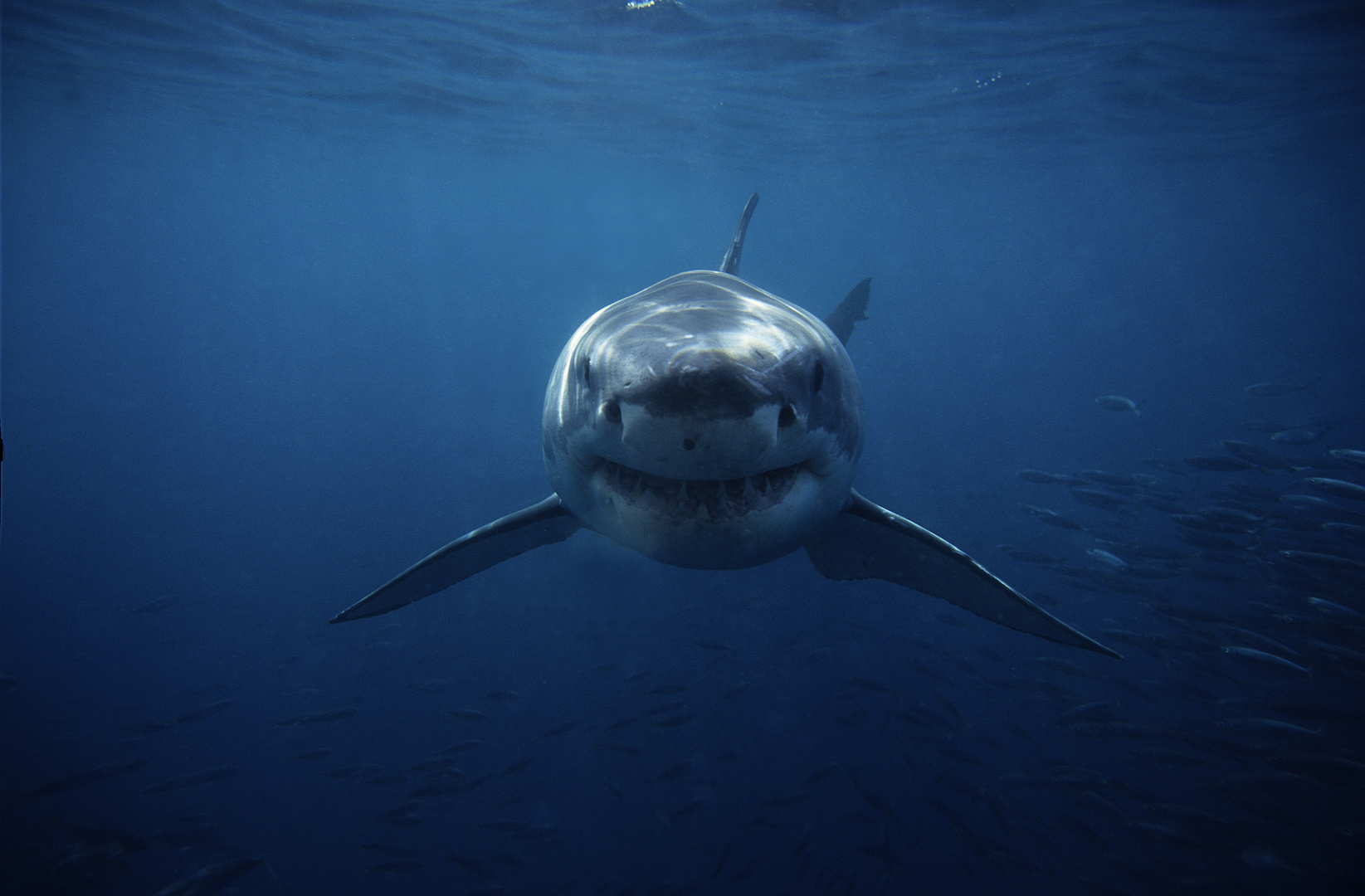
Even great white sharks are in danger when orcas set their sights on a meal. In May and June 2017, four dead great whites (Carcharodon carcharias) washed ashore along South Africa's Western Cape province. What was especially weird about this was that they were all missing their livers.
Marine biologists blamed orcas. Killer whales are known to hunt sharks, and they've been observed eating shark livers (and other viscera) off the coast of California. Little is known about how willing orcas usually are to tangle with great whites, but there's not much else that could surgically remove the liver of a 13-foot-long (4 meters) apex predator.
Originally published on Live Science

Stephanie Pappas is a contributing writer for Live Science, covering topics ranging from geoscience to archaeology to the human brain and behavior. She was previously a senior writer for Live Science but is now a freelancer based in Denver, Colorado, and regularly contributes to Scientific American and The Monitor, the monthly magazine of the American Psychological Association. Stephanie received a bachelor's degree in psychology from the University of South Carolina and a graduate certificate in science communication from the University of California, Santa Cruz.









